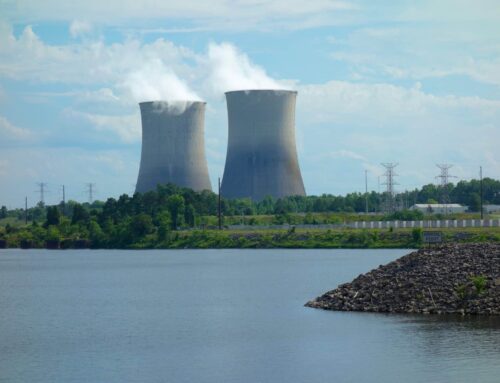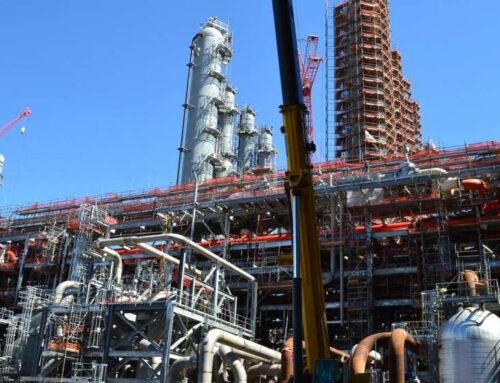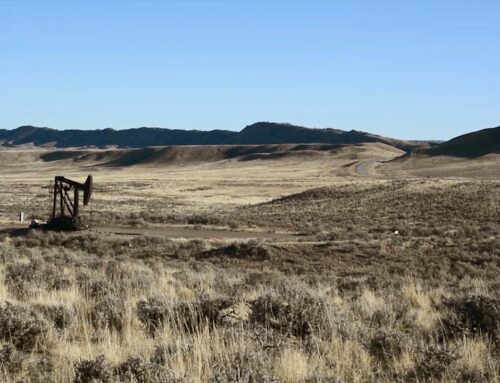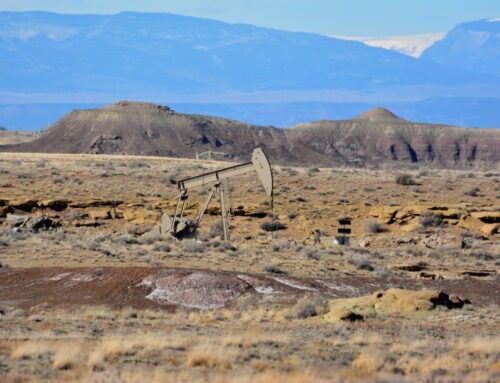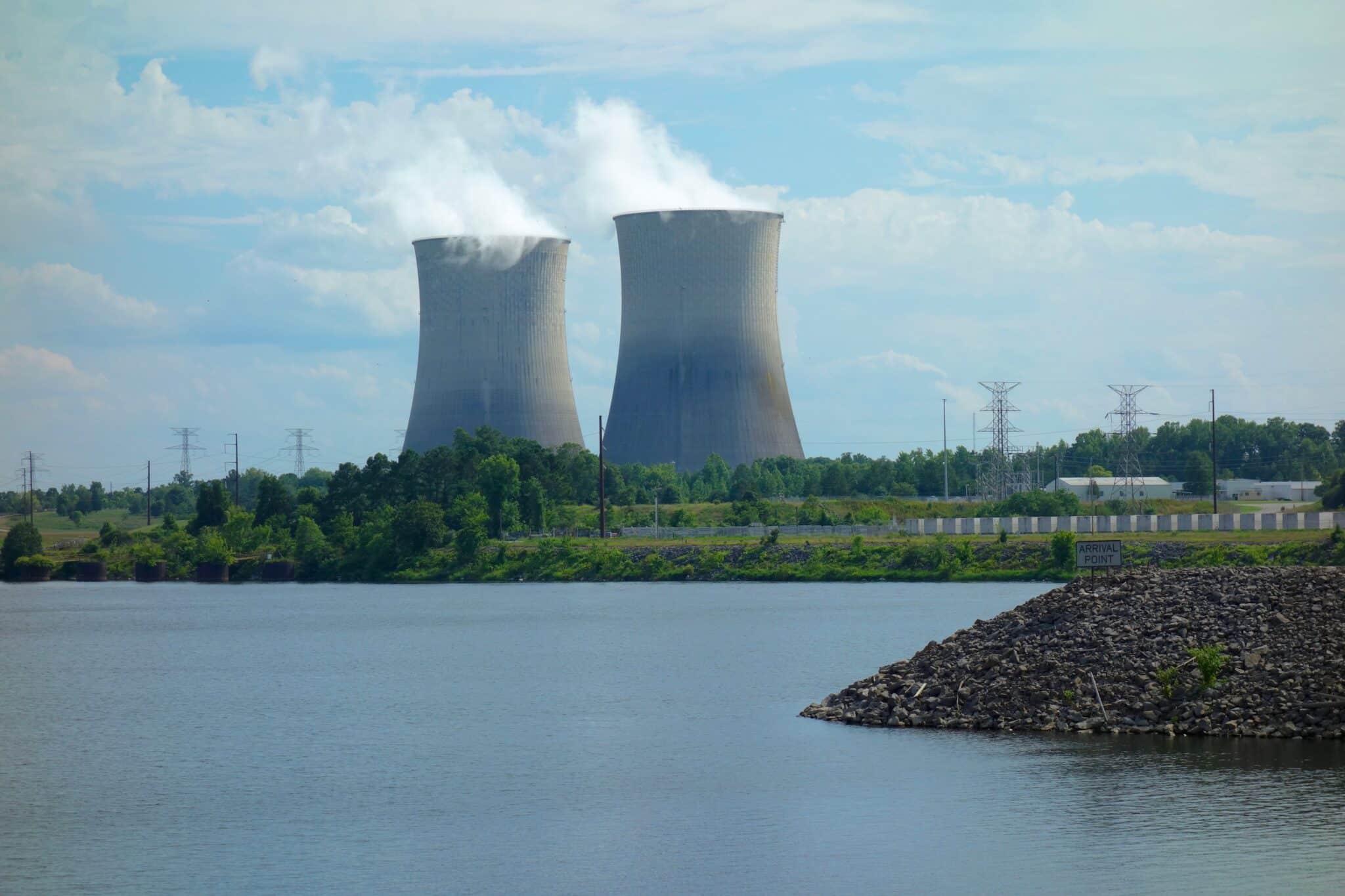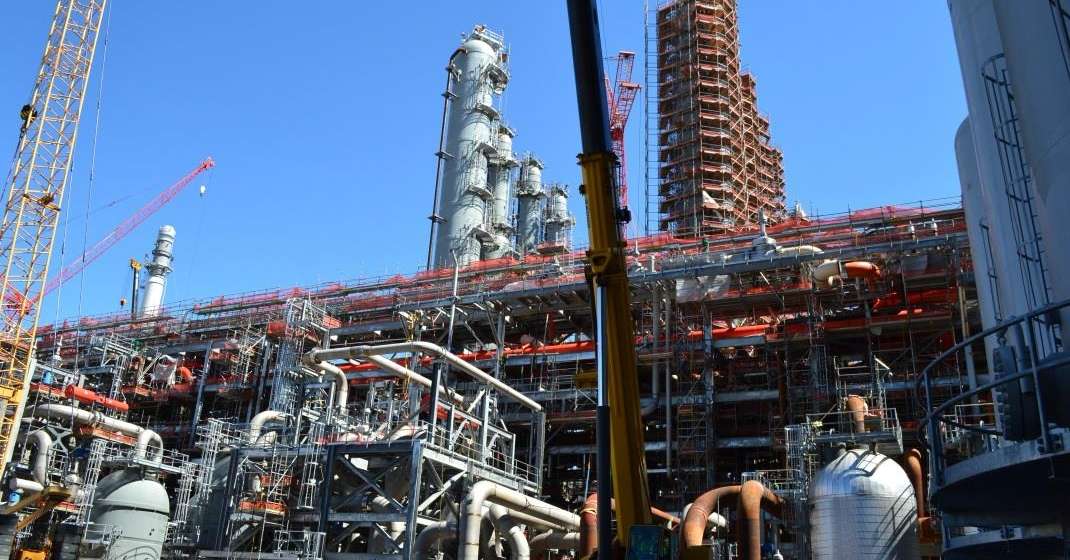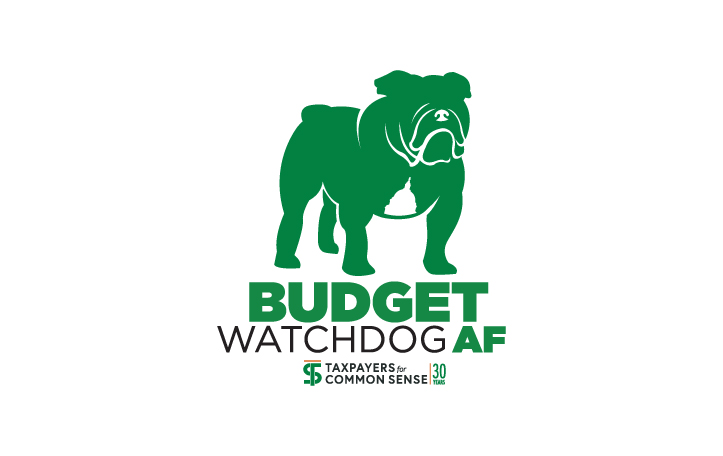On May 22, the U.S. House of Representatives passed its version of the FY2025 budget reconciliation bill. The sprawling legislation includes a number of significant changes to federal policies and spending, including modifications to the terms of our federal oil and gas leasing program.
America's public lands and natural resources are owned by taxpayers. The federal government manages oil and gas development on these lands by leasing them to private companies that extract these resources and sell them for profit. In return, taxpayers receive revenue through royalties assessed on the value of oil and gas produced.
The House-passed reconciliation bill would reverse recent reforms to modernize the leasing system by lowering the onshore royalty rate to its outdated 1920s rate—below what most states and private landowners charge—and reinstating the practice of noncompetitive leasing, effectively giving away drilling rights. These important reforms have led to record revenues and increased competition over the past two years. If these changes are enacted into law, they would cost taxpayers billions in lost revenue, undervalue federal resources, and expose taxpayers to costly, long-term financial liabilities.
Rock Bottom Royalty Rates Would Cost Taxpayers and Communities Billions
The House-passed reconciliation bill would slash the onshore royalty rate for new federal oil and gas leases from the current rate of 16.7% to 12.5%—a move that would hand billions of dollars in potential revenue to the oil and gas industry at the expense of taxpayers and local communities.
Each year, the federal government collects billions of dollars from the development of taxpayer-owned oil and gas resources on federal lands across the country—around $7.4 billion in 2024 alone. The overwhelming majority of this revenue (97% in 2024) comes from royalties, which are calculated as a percentage of the value of oil and gas produced. That money is shared between the U.S. Treasury and the states in which leases are located.
Royalties are a critical tool the federal government uses to ensure that taxpayers receive a fair return from the production of federal oil and gas resources—compensating both the rightful owners, federal taxpayers, and the communities that bear the consequences of production in their state. The proposed royalty rate reduction would apply to all new leases, which typically take years to begin production, creating long-term fiscal consequences for states that depend on this revenue..
For decades, the federal royalty rate lagged far behind those charged on state and private lands, depriving taxpayers of a fair return. In 2022, Congress enacted bipartisan reforms to modernize the program, increasing the onshore royalty rate for new leases from a minimum of 12.5% to a minimum of 16.7% and maximum of 18.75% through August 2032, after which the minimum rate remains at 16.7%. While these rates still trail those in high-producing state like Texas and New Mexico, this change is on track to generate billionsgenerate billions of dollars in additional revenue in the coming decades.
These changes were long overdue. Taxpayers lose around $1.5 billion in revenue every year on leases that were awarded at below-market royalty rates. With plans for expanded leasing in the reconciliation bill, it is imperative that a more competitive market rate of 16.67% or above be applied to new leases. If not, state and federal coffers will lose out on valuable future revenue that could be used to fund a variety of priorities, including schools, public health, community infrastructure and more.
Noncompetitive Leasing Gives Away Federal Oil and Gas Rights
The House Natural Resources Committee's portion of the reconciliation bill would also reinstate the practice of noncompetitive leasing for onshore oil and gas development—a giveaway that would cost taxpayers in lost revenue and lead to more nonproducing federal leases.
Under the bill, any federal land that receives no bids at auction could be leased noncompetitively for up to two years to the first applicant who pays a nonrefundable application fee of at least $75. These leases would also be subject to a royalty rate of 12.5%.
Taxpayers deserve a fair return from private use of federal lands. Noncompetitive leasing undermines that goal by the requirement for competitive auctions —which generated $164 million in bid revenue in 2024—and results in drastically fewer leases that enter production, thus reducing royalty revenue. According to the Government Accountability Office, noncompetitively leased acres yields just one-fifth of the revenue of competitively leased acres. In Montana, for example, nearly half of all federal acreage leased since 2000 was awarded noncompetitively, and only 0.1% of that acreage was ever developed, producing minimal returns for taxpayers.
Reinstating the noncompetitive loophole will lower the cost of acquiring federal leases, making it easier for entities with no intention of developing oil and gas to lock up land. These entities may instead seek to inflate their undeveloped acreage holdings or turn a profit by reselling the leases. This practice prevents other, potentially more productive uses of federal lands, such as hunting, recreation, conservation, or development of other energy and mineral resources.
The risks of noncompetitive leasing are compounded by other proposals in the draft bill that would require the Bureau of Land Management (BLM) to offer more land at auction. Specifically, BLM would be required to offer at least 50 percent of all nominated parcels deemed "available and eligible" in the next state lease sale and to offer all nominated parcels within 18 months. Furthermore, if 25 percent or more of the acreage offered in a state's required quarterly lease sale fails to receive a bid, which is common, BLM would be required to conduct a replacement sale. Mandating more sales after a sale attracts little industry interest makes no fiscal sense. The provision will only create more opportunities for speculators to scoop up leases at rock-bottom prices after competitive auctions.
Smart Leasing Policies Protect Taxpayers and Provide Energy Security
Giving away our country's valuable natural resources to the lowest bidder (or worse, no bidder) is not a strategic use of federal lands and resources. The Department of the Interior is charged with managing taxpayer-owned assets for the benefit of the American public, not oil and gas companies. The recent modernization of the federal onshore oil and gas leasing program, including an updated royalty rate and the elimination of noncompetitive leasing, has generated meaningful revenue. Undoing these long-overdue changes would shortchange American taxpayers, incentivize reckless development and speculation, and only add to record oil and gas profits at all Americans' expense.
Stay tuned for additional updates as we continue to analyze the FY2025 Budget Reconciliation package.
- Photo by Gerhard Crous on Unsplash


